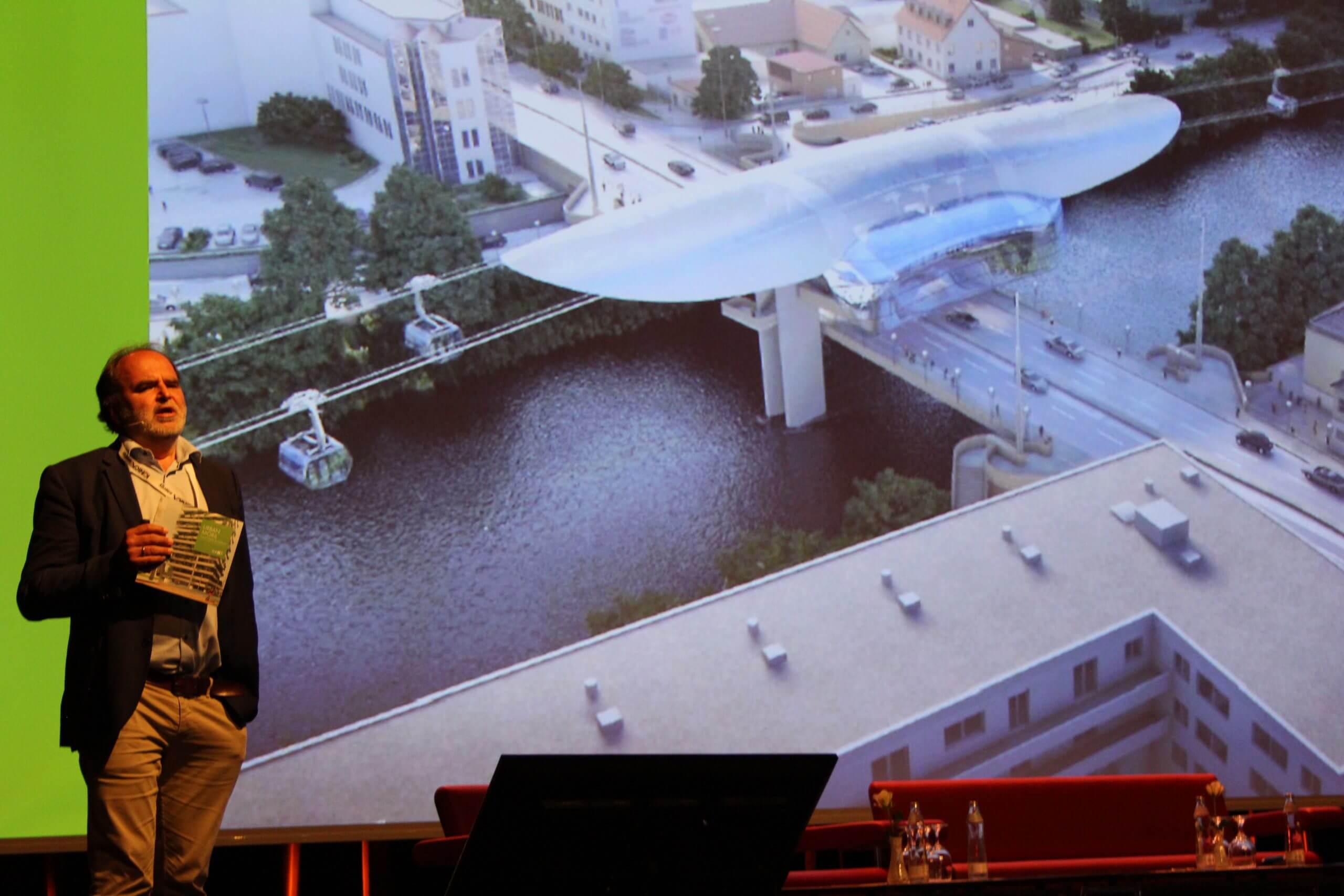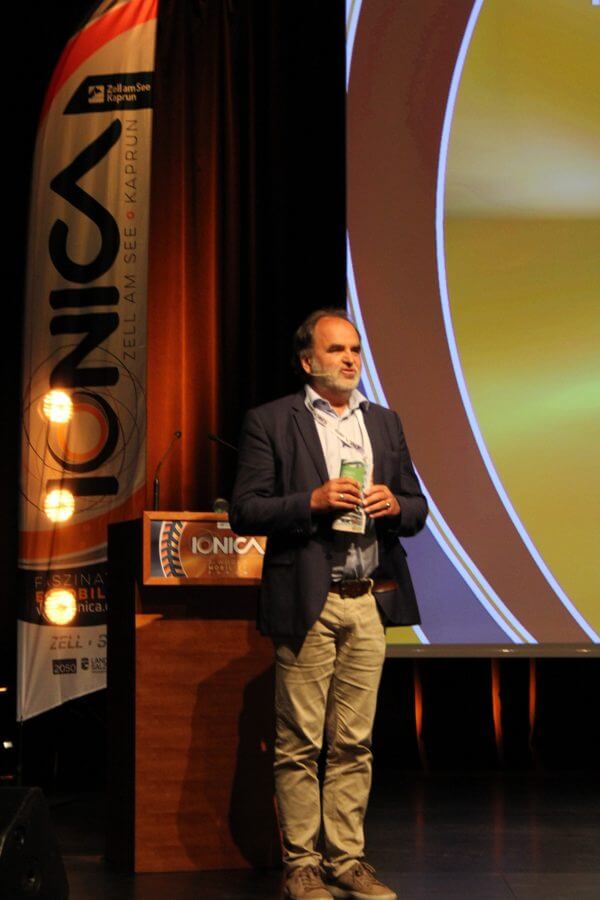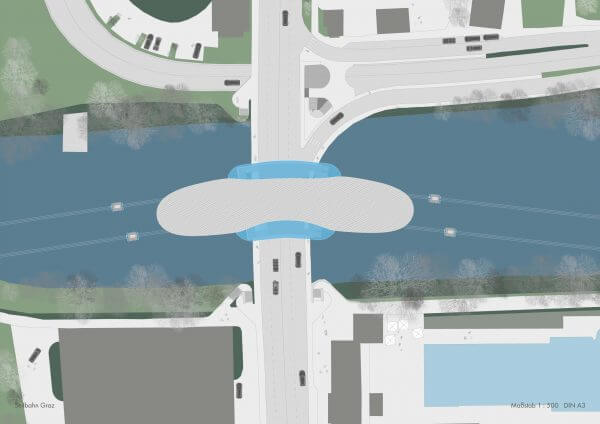
Cities, SI World 2/2019
Graz mobility concept: An Austrian city prepares for the future
When planning a new mobility concept, the biggest challenge comes right at the start of the project. This is because spaces that have evolved historically do not allow for just any concept. Lack of space, built-up areas with high conflicts of use and lack of land availability mean that every option must be considered and the
pros and cons must be weighed up very carefully against one another.
In 2010, these were precisely the problems faced by Austria’s second city. What do we want? What do we need? And most importantly, of course: what is even possible?
To solve the current and future transport problems all at once at an early stage, Graz mayor Siegfried Nagl has a specific idea. Whether bus, cable car, metro or boat: every mode of transport has its advantages and if you want to build today for the transport requirements of tomorrow, you cannot simply abandon one
possible mode of transport.
So, why not develop a transport concept that includes all the current public transport solutions? 20 years ago, the idea of a metro in Graz was suggested, which would connect the east and west of the city. In the new project, this idea will be examined again in greater detail.
There are a number of reasons why the metro idea was not pursued, although it is not yet certain whether they can all be resolved, so it is also conceivable that the idea of the metro could be developed into a Metro Light

Wolfgang Malik from Holding Graz presents the urban concepts of the city of Graz. Photo: SI/MAIR
Graz is growing but to where?
The state capital of Styria is a popular and pleasant city to live in. Because of this, it also continues to grow and the roads are becoming noticeably busier.
There is no space for bus, tram or cycle lanes and the shift to e-mobility is improving the air quality but not the volume of traffic on the roads.
To maintain the quality of life and continue to expand the infrastructure, there is therefore no option other than to rely on so-called alternative modes of transport. As such, one option that has been considered is increased use of the waterway.
By integrating a shipping route into the public transport network, it is hoped to create additional provision for tourists as well as relieving the main traffic routes.

River use but differently
However, this is not the only way that it is hoped the waterway can be developed; Siegfried Nagl’s vision also includes a cable car over the Mur. Urban cable cars are still rare in Europe and some reservations remain concerning the efficient and versatile systems.
The main concern of the residents is the protection of their privacy. This is not unjustified, if up to 3,000 people are flying over their gardens and houses hour. However, with the choice of route along the Mur, it would be easy to reassure these critical voices. According to the estimate of transport expert Kurt Fallast from Graz University of Technology, around 100 million euros would be needed to achieve a cable car link from the north of the city to Puntigam.
He points out that even normal motor vehicle traffic uses some public money. Moreover, Fallast indicates that it would be significantly easier for commuters simply to get on at Weinzödl car park and take the cable car to Andreas Hofer Platz.
Because of the geographical conditions in Graz, the city also has some of the highest levels of fine particle pollution in Austria. The proposed cable car
system would significantly alleviate this. The urban cable car is a so-called tri-cable circulating track with a total length of approx. 11 km, transport capacity of 3,000 people per hour and 11 stations.
In addition, a cable car route would offer a number of further advantages: The environmental impact would be low, as no change is required to the bank of the Mur. Because of the chosen line layout over the Mur, the disruption to neighbours would also be no issue and the few supports required would mean that the construction cost would be low, so the project could be processed quickly.
Mayor Nagel is sure that the buses and trams will soon reach their limits and there are therefore two simple remaining options: in the air or underground. An independent company has been set up in Graz for the construction of the metro and cable car. Among other things, this should demonstrate the feasibility of various transport solutions with respect to public transport. tm







